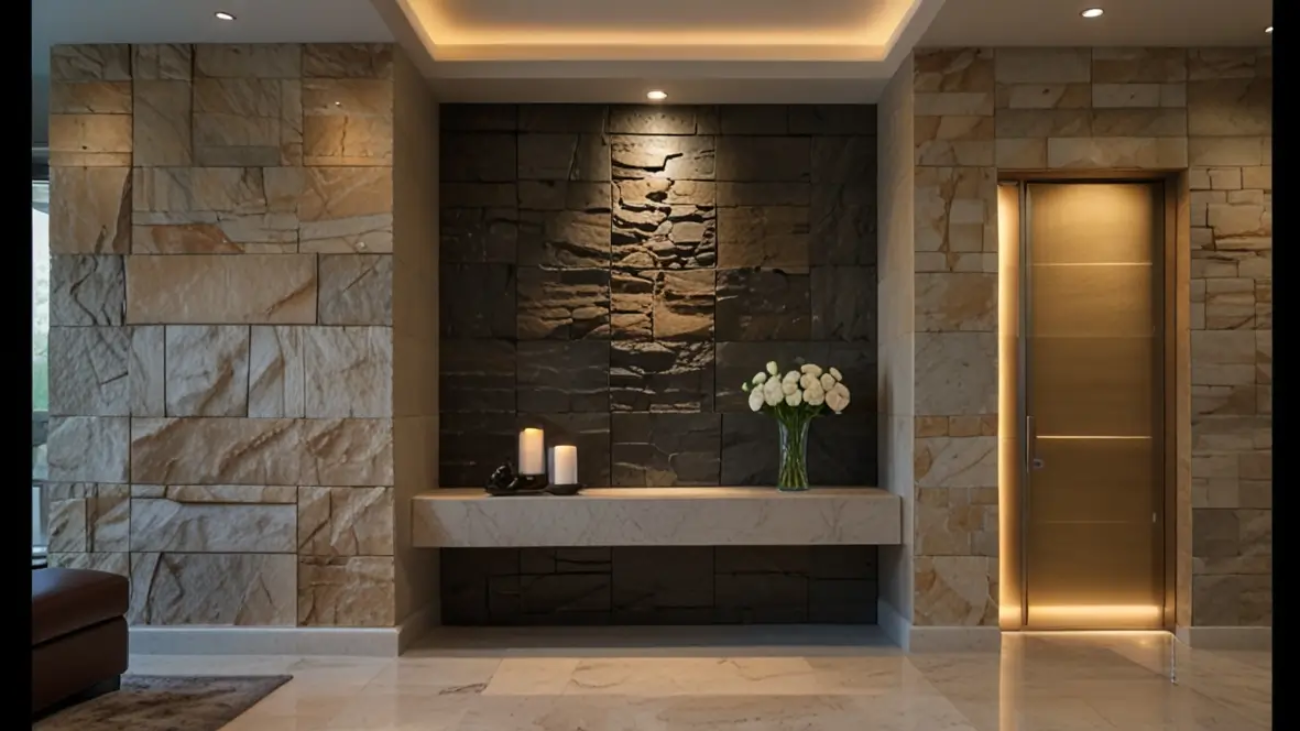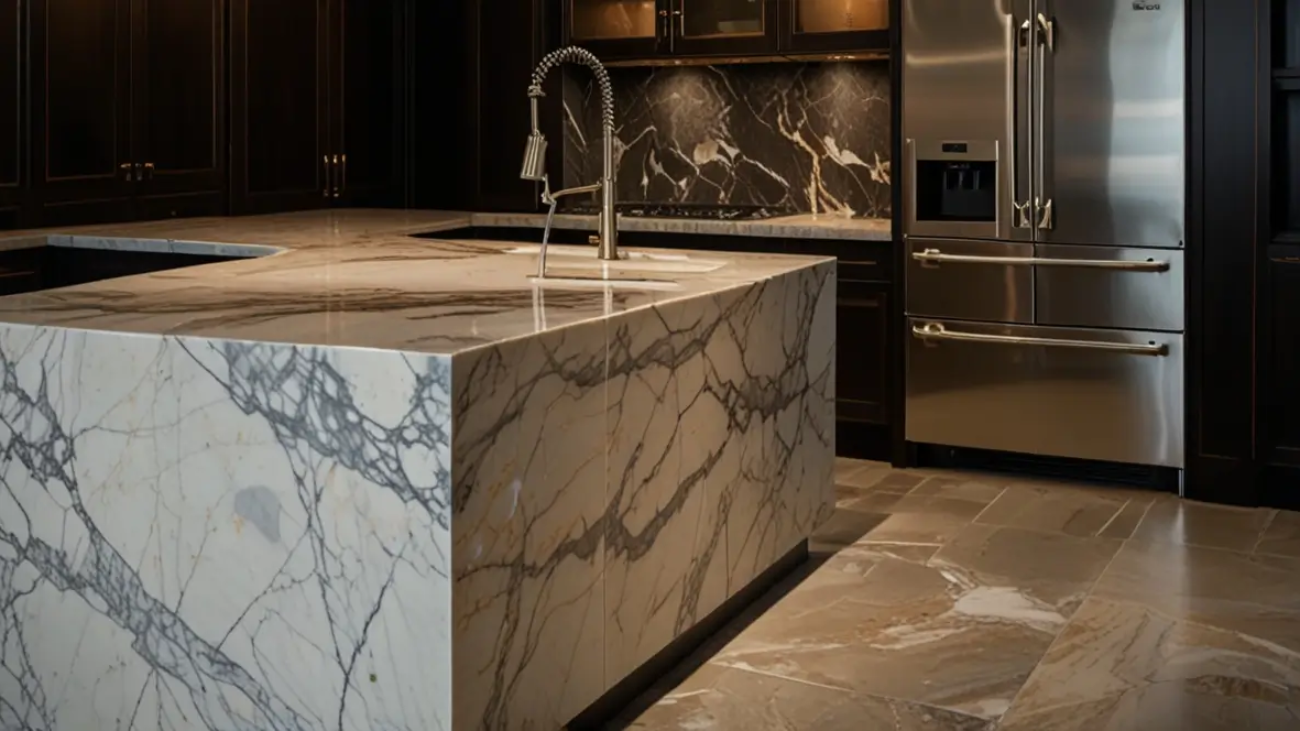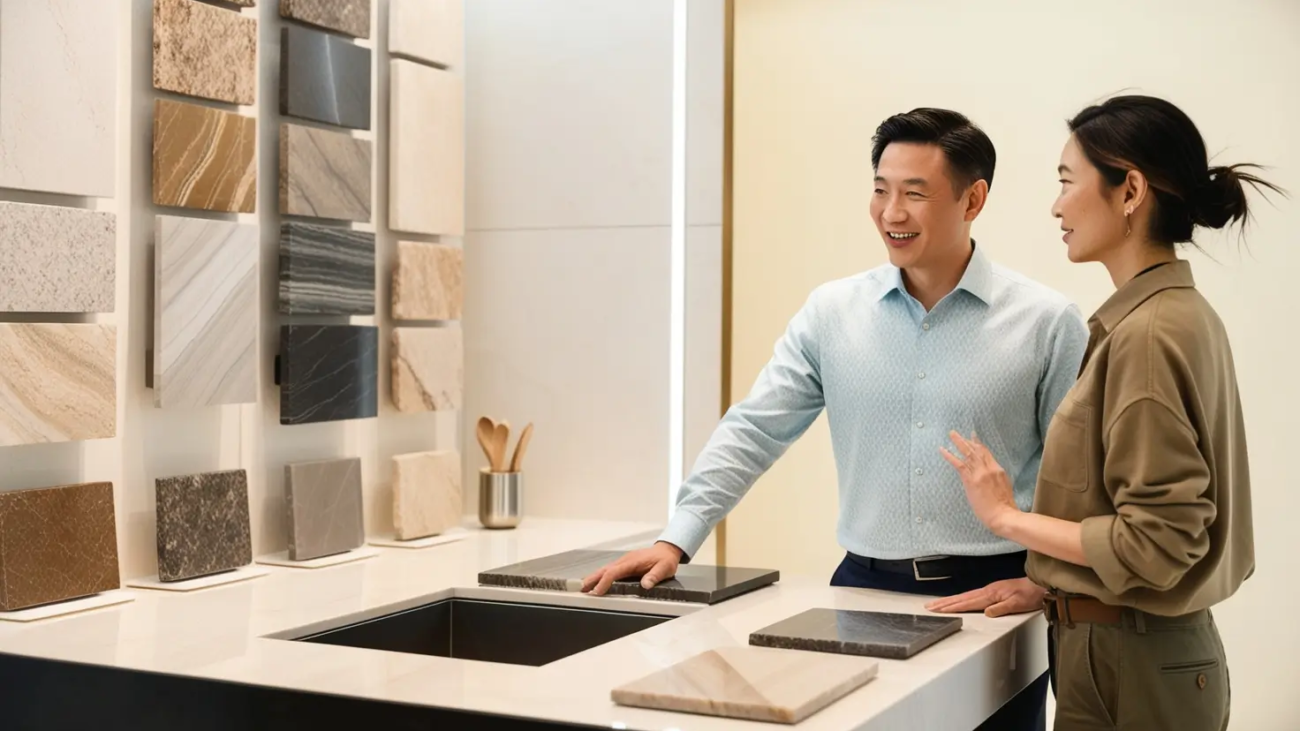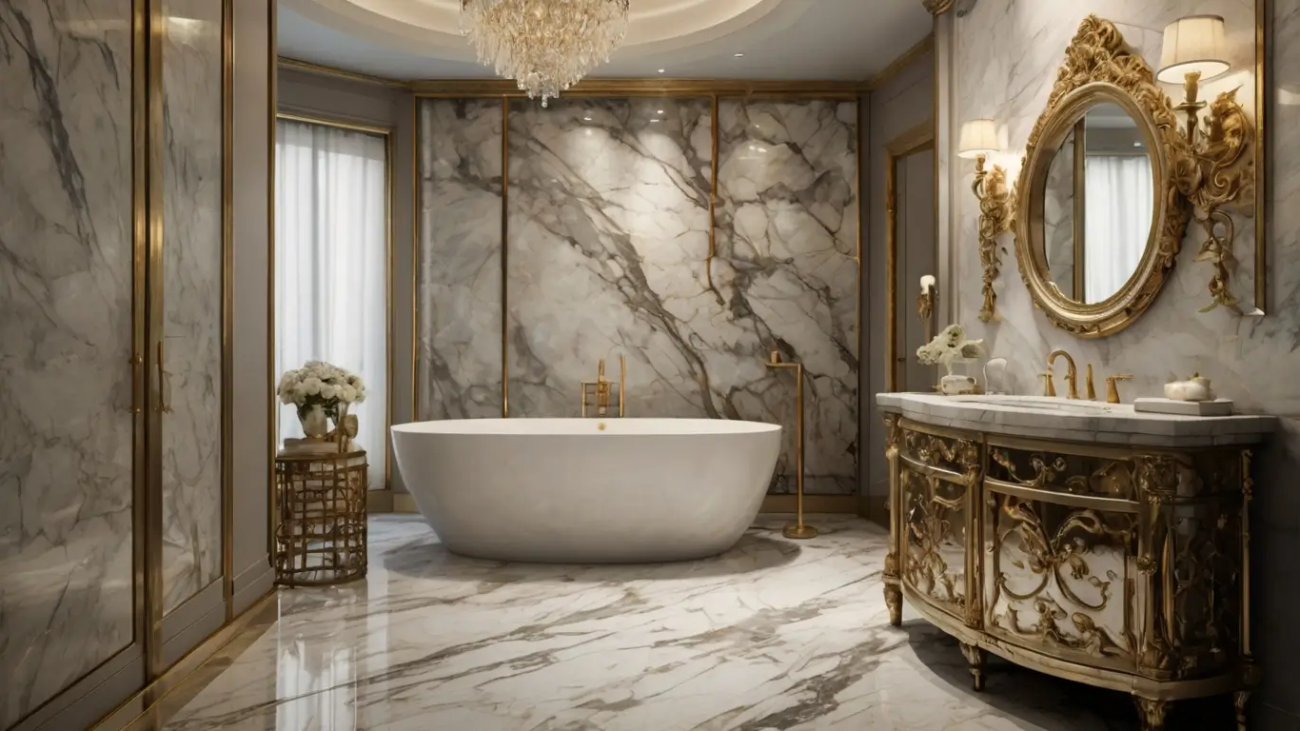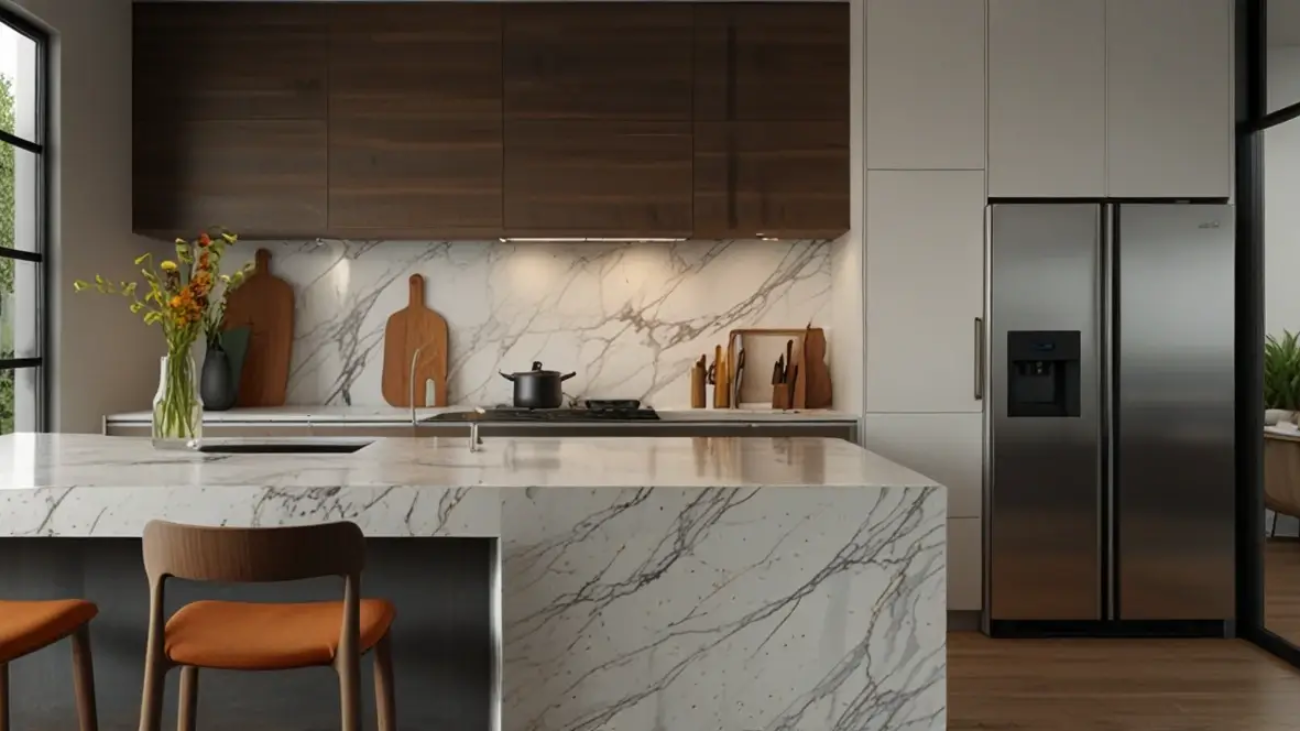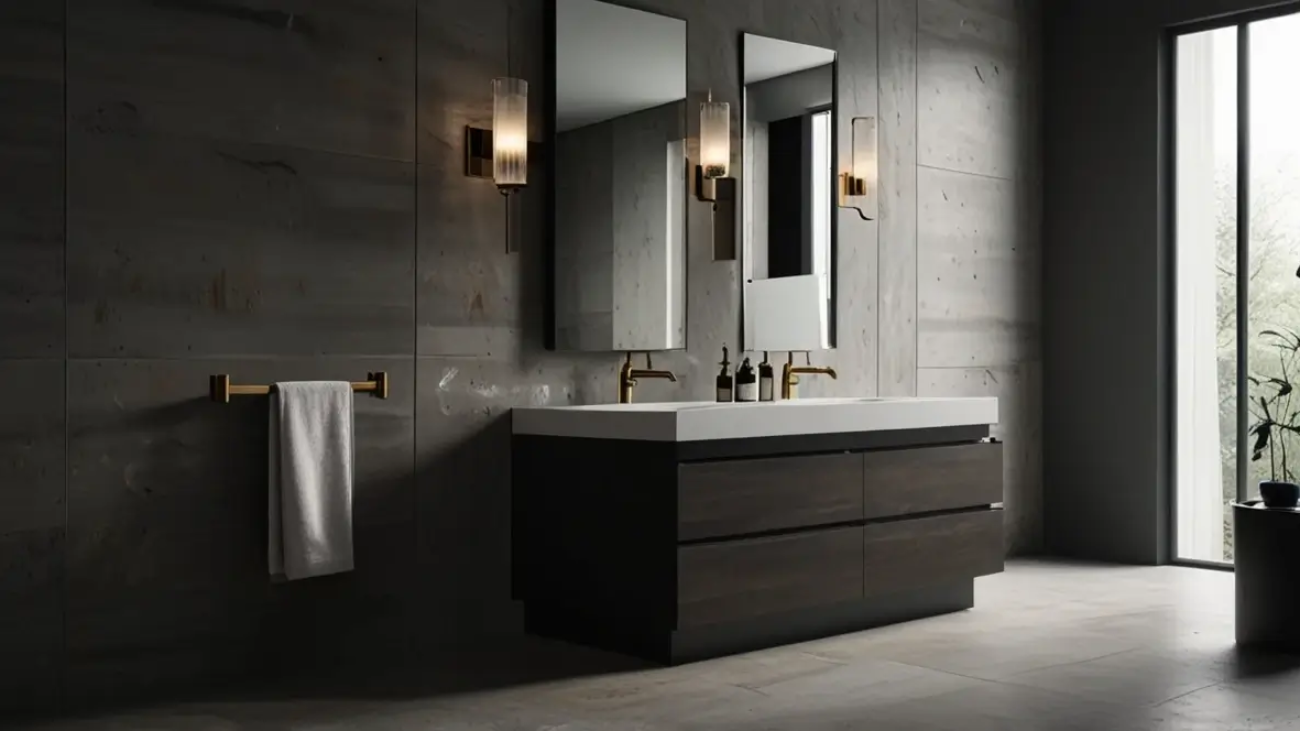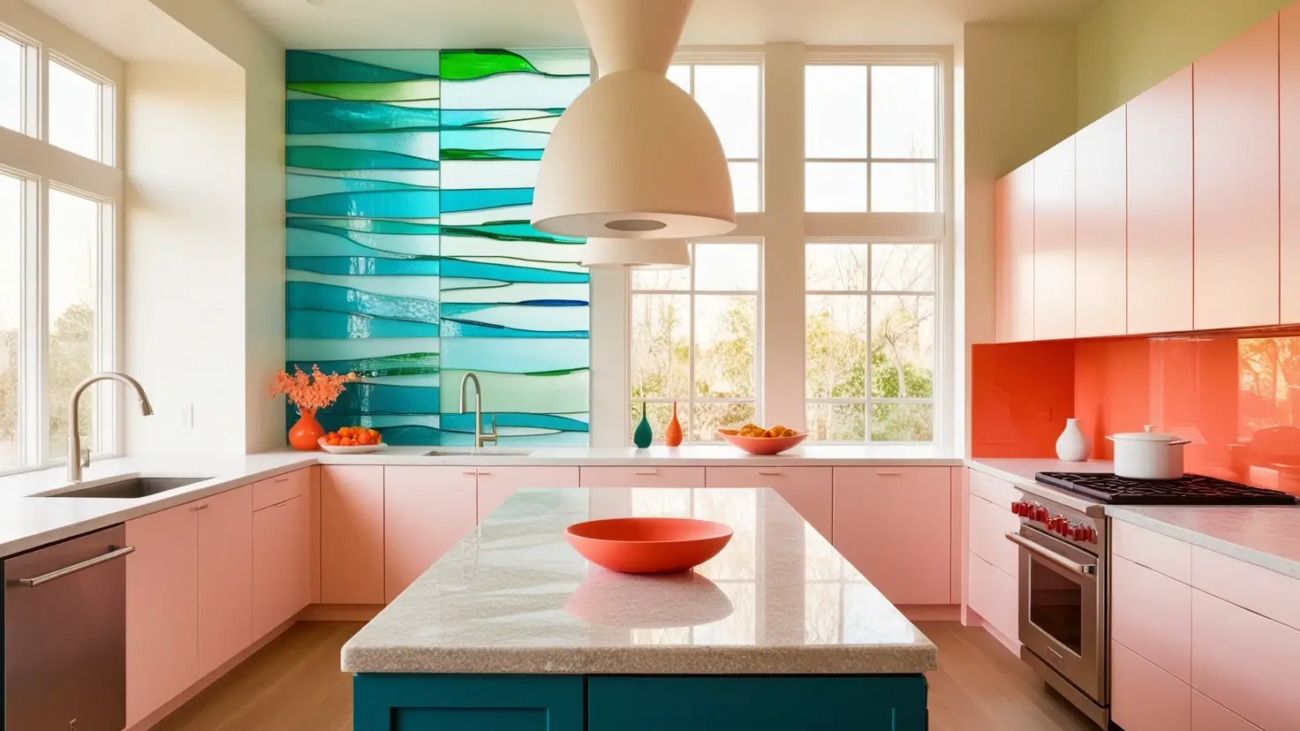Natural stone has been utilized in construction and design for centuries, maintaining its enduring appeal among homeowners and designers. Its distinctive beauty and durability make it a versatile choice for various applications, including flooring, countertops, wall cladding, and outdoor landscaping. Each stone slab’s natural variations in color, texture, and veining contribute to a sense of uniqueness and character in any space.
Natural stone offers a diverse range of options to accommodate different design aesthetics, from the classic elegance of marble to the rustic charm of slate and the earthy warmth of granite. This versatility allows for customization in various architectural and interior design styles. The durability and longevity of natural stone are significant advantages.
When properly maintained, natural stone surfaces can last for decades, making them a sound investment for homeowners. The inherent strength and resilience of natural stone make it particularly suitable for high-traffic areas such as kitchens and bathrooms, where it can withstand daily use while maintaining its appearance. With appropriate care, natural stone surfaces can preserve their beauty and functionality for generations.
This longevity makes natural stone a timeless choice for those seeking to create a lasting impact in their living spaces. The combination of aesthetic appeal and practical durability continues to make natural stone a popular material in modern construction and design.
Innovative Applications in Home Design
The Rise of Large-Format Slabs
One of the most innovative applications of natural stone in home design is the use of large-format slabs. These oversized stone slabs offer a seamless and dramatic look, with fewer grout lines and a more expansive feel. Large-format slabs are being used for everything from kitchen islands and backsplashes to shower walls and flooring, creating a sense of luxury and sophistication in any space.
Thin Stone Veneers: A Game-Changer in Design
Advancements in technology have made it possible to create thin stone veneers that can be applied to a variety of surfaces, opening up new possibilities for incorporating natural stone into design schemes that were previously limited by weight and installation constraints.
Pushing the Boundaries of Traditional Design
Designers and homeowners are finding creative ways to incorporate natural stone into modern and contemporary spaces, pushing the boundaries of its traditional uses. From statement-making fireplace surrounds to dramatic feature walls, natural stone is being reimagined in exciting new ways that showcase its versatility and adaptability to different design styles.
Sustainable and Eco-Friendly Options
In an era where sustainability and eco-friendliness are at the forefront of design considerations, natural stone offers a compelling choice for environmentally conscious homeowners. Unlike synthetic materials that require extensive energy and resources to produce, natural stone is a product of the earth itself, requiring minimal processing and leaving behind a small carbon footprint. Additionally, many natural stone quarries are committed to responsible mining practices that minimize environmental impact and promote the conservation of natural resources.
Furthermore, natural stone’s durability and longevity make it a sustainable choice for home design. Unlike synthetic materials that may need to be replaced every few years, natural stone surfaces can last for decades with proper care, reducing the need for frequent replacements and minimizing waste. Additionally, the thermal mass of natural stone can help regulate indoor temperatures, reducing the need for artificial heating and cooling and lowering energy consumption.
With its timeless appeal and sustainable qualities, natural stone is an eco-friendly choice that aligns with the principles of responsible design and construction.
Emerging Trends in Natural Stone Usage
As home design trends continue to evolve, so too does the use of natural stone in interior and exterior spaces. One emerging trend is the use of mixed materials, where natural stone is combined with other materials such as wood, metal, or glass to create dynamic and visually interesting designs. This trend allows for greater creativity and customization, as designers can play with contrasting textures and colors to achieve a unique look that reflects the homeowner’s personal style.
Another emerging trend is the use of unconventional stone varieties in unexpected applications. While marble and granite have long been popular choices for countertops and flooring, designers are now exploring lesser-known stone varieties such as onyx, travertine, and quartzite for their unique colors and veining patterns. These unconventional stones are being used to create show-stopping focal points in kitchens, bathrooms, and other living spaces, adding a touch of luxury and individuality to the design.
The Versatility of Natural Stone in Different Spaces
Natural stone’s versatility makes it a popular choice for a wide range of spaces within the home. In the kitchen, natural stone countertops offer a durable and heat-resistant surface for food preparation, while also adding a touch of elegance and sophistication to the space. In bathrooms, natural stone can be used for flooring, shower walls, and vanities, creating a spa-like atmosphere that exudes luxury and relaxation.
Natural stone flooring is also a popular choice for living areas, entryways, and outdoor patios, adding a sense of warmth and timelessness to these spaces. Beyond indoor applications, natural stone is also well-suited for outdoor use. From pool surrounds and patio pavers to garden pathways and outdoor kitchens, natural stone can withstand the elements while adding a touch of natural beauty to outdoor living spaces.
Its durability and resistance to fading make it an ideal choice for outdoor applications, allowing homeowners to create cohesive design schemes that seamlessly transition from indoor to outdoor spaces.
Maintenance and Care for Natural Stone Surfaces
Regular Cleaning and Sealing
Regular cleaning with a pH-neutral cleaner is essential to prevent staining and maintain the luster of the stone. Additionally, sealing natural stone surfaces on a regular basis can help protect them from moisture penetration and staining, prolonging their lifespan and maintaining their appearance.
Type-Specific Maintenance
It’s important to note that different types of natural stone require different levels of maintenance. For example, marble is more susceptible to etching from acidic substances, while granite is more resistant to staining but may require periodic resealing. Understanding the specific care requirements of each type of natural stone is essential for preserving its beauty and functionality over time.
Long-Term Benefits
When properly cared for, natural stone surfaces can provide years of enjoyment and add value to a home.
The Future of Natural Stone in Home Design: Expert Predictions
Looking ahead, experts predict that natural stone will continue to be a sought-after material in home design due to its timeless appeal and sustainable qualities. As technology advances, we can expect to see even more innovative applications of natural stone in both residential and commercial spaces. From 3D carving techniques that create intricate patterns and textures to digital printing technologies that replicate the look of rare stones, the possibilities for using natural stone in design are expanding.
Additionally, as consumers become more conscious of environmental impact, there is growing interest in locally sourced and reclaimed natural stone. This trend reflects a desire for authenticity and connection to the earth, as homeowners seek out materials with a story and a sense of place. With its enduring beauty, sustainability, and adaptability to different design styles, natural stone is poised to remain a timeless choice for home design well into the future.
If you’re interested in learning more about selecting the best natural stone for your home design, you should check out Solid Top’s article on comparing marble, granite, and quartz to choose the best quality. This comprehensive guide will help you make an informed decision when it comes to incorporating natural stone into your home. (source)
FAQs
What is natural stone?
Natural stone is a material that is formed in the Earth’s crust through geological processes. It is a durable and versatile material that is often used in construction and home design.
What are the different types of natural stone used in home design?
Some common types of natural stone used in home design include granite, marble, limestone, travertine, and slate. Each type of stone has its own unique characteristics and aesthetic appeal.
How is natural stone used in home design?
Natural stone is used in home design for a variety of purposes, including countertops, flooring, backsplashes, and accent walls. It can also be used for outdoor applications such as patios and pool surrounds.
What are the benefits of using natural stone in home design?
Natural stone offers a range of benefits, including durability, longevity, and a timeless aesthetic. It is also heat-resistant, scratch-resistant, and easy to maintain, making it a popular choice for homeowners.
What is the future of natural stone in home design?
The future of natural stone in home design looks promising, as more homeowners are seeking sustainable and eco-friendly materials. Natural stone also offers a sense of luxury and sophistication, making it a desirable choice for modern home design.

